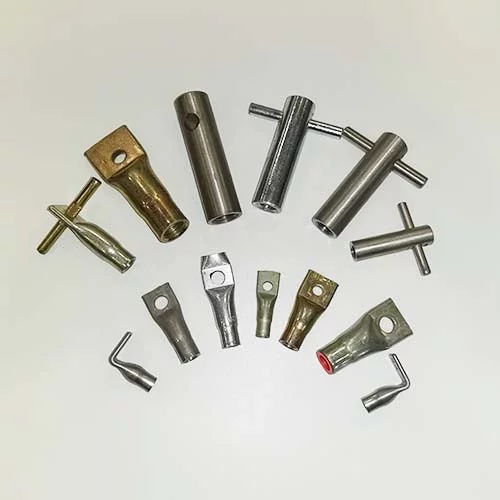Lifting Wire Rope Usage Guide
Article Guidance:
Part Two: Wire Rope Installation
Part Three: Wire Rope Maintenance

Wire ropes are widely used in the industrial sector for lifting, rigging, and transportation tasks. Proper usage of wire ropes is paramount as improper handling can lead to accidents and injuries. This guide provides a comprehensive overview of wire rope selection, installation, maintenance, and usage to ensure both safety and efficiency in operations.
Part One: Wire Rope Selection
1.1 Material Selection
- Wire ropes are typically made from stainless steel, carbon steel, and alloy steel, and the choice depends on the specific work environment.
- Stainless steel is suitable for wet and corrosive conditions, while carbon steel is adequate for general use.
- Alloy steel wire ropes are typically employed in high-temperature and high-strength applications.
1.2 Diameter and Construction
- The diameter of a wire rope determines its load-bearing capacity, typically measured in millimeters or inches.
- Choose an appropriate diameter based on the lifting requirements, avoiding overloading.
- Construction includes strand count and core type; choose the right construction to meet specific job demands.
Part Two: Wire Rope Installation
2.1 Inspection of Wire Rope
- Prior to use, inspect the wire rope for any signs of damage, broken wires, wear, or corrosion.
- If any issues are identified, replace the wire rope immediately to ensure safety.
2.2 Shackles and Fittings
- Use the correct shackles and fittings that meet specification requirements.
- Inspect the condition of fittings to ensure they are not loose or damaged.
2.3 Proper Installation
- During installation, ensure that the wire rope is not crossed or overlapped.
- Avoid excessive bending or stretching to prevent damage to the wire rope.
2.4 Lifting Points
- Select appropriate lifting points capable of withstanding the expected load.
- Use lifting eyes or hooks to connect the wire rope to the load.
Part Three: Wire Rope Maintenance
3.1 Regular Inspection
- Conduct regular inspections to ensure the wire rope is in good condition.
- Pay attention to abnormal wear, broken wires, or corrosion, and take prompt action to repair or replace as necessary.
3.2 Cleaning and Lubrication
- Periodically clean the wire rope to remove dust and contaminants, reducing wear.
- Apply suitable lubricants to reduce friction and extend the wire rope's lifespan.
Part Four: Wire Rope Usage
4.1 Load Calculation
- Before lifting, accurately calculate the weight and center of gravity of the load.
- Avoid overloading the wire rope to prevent potentially catastrophic accidents.
4.2 Rigging Operations
- Ensure stable lifting points during rigging operations, avoiding swinging or swaying.
- Use appropriate rigging equipment such as cranes or winches.
4.3 Adjusting the Rope
- If rope length adjustments are required, use the proper tools and methods.
- Avoid using improper knots or splices that may reduce the wire rope's strength.
Part Five: Safety Precautions
5.1 Training and Certification
- All operators must undergo professional training and obtain relevant certifications.
- Inexperienced or untrained individuals should not operate lifting and rigging equipment.
5.2 Risk Assessment
- Conduct a risk assessment before each lifting operation, identifying potential hazards and taking appropriate measures to mitigate risks.
5.3 Compliance with Regulations
- Strictly adhere to local, national, and international safety regulations and standards.
- Non-compliance may lead to legal liabilities and serious consequences.
Proper selection, installation, maintenance, and usage of wire ropes are crucial for ensuring the safety and efficiency of lifting and rigging operations. Choosing the right material and construction, correct installation, regular maintenance, and compliance with safety standards are all essential steps to ensure that wire ropes perform their tasks reliably. Always prioritize safety when conducting lifting and rigging operations to avoid potential accidents and injuries.
Article Navigation
PRECAST CONCRETE ACCESSORIES
OTHER RELATED ARTICLE
Other Precast Concrete Accessories You Might Want to Know
You can click to learn more about HULK Metal precast concrete accessories such as lifting anchors, precast sockets, spread anchors, shuttering magnets, cast-in channels, wire loop boxes, and other precast concrete accessories you might want to know.




























